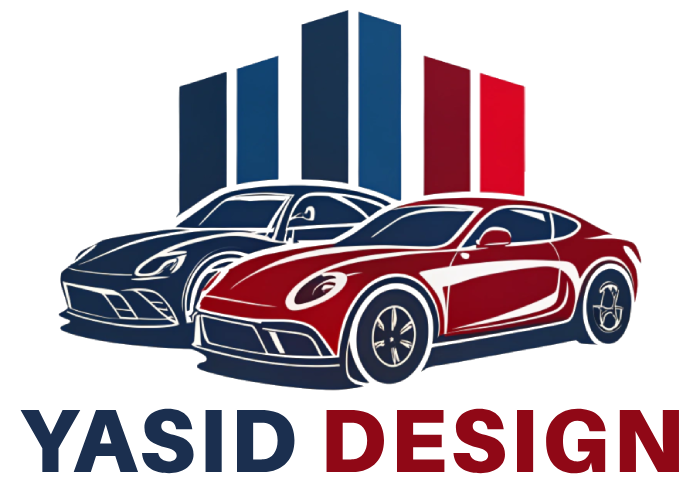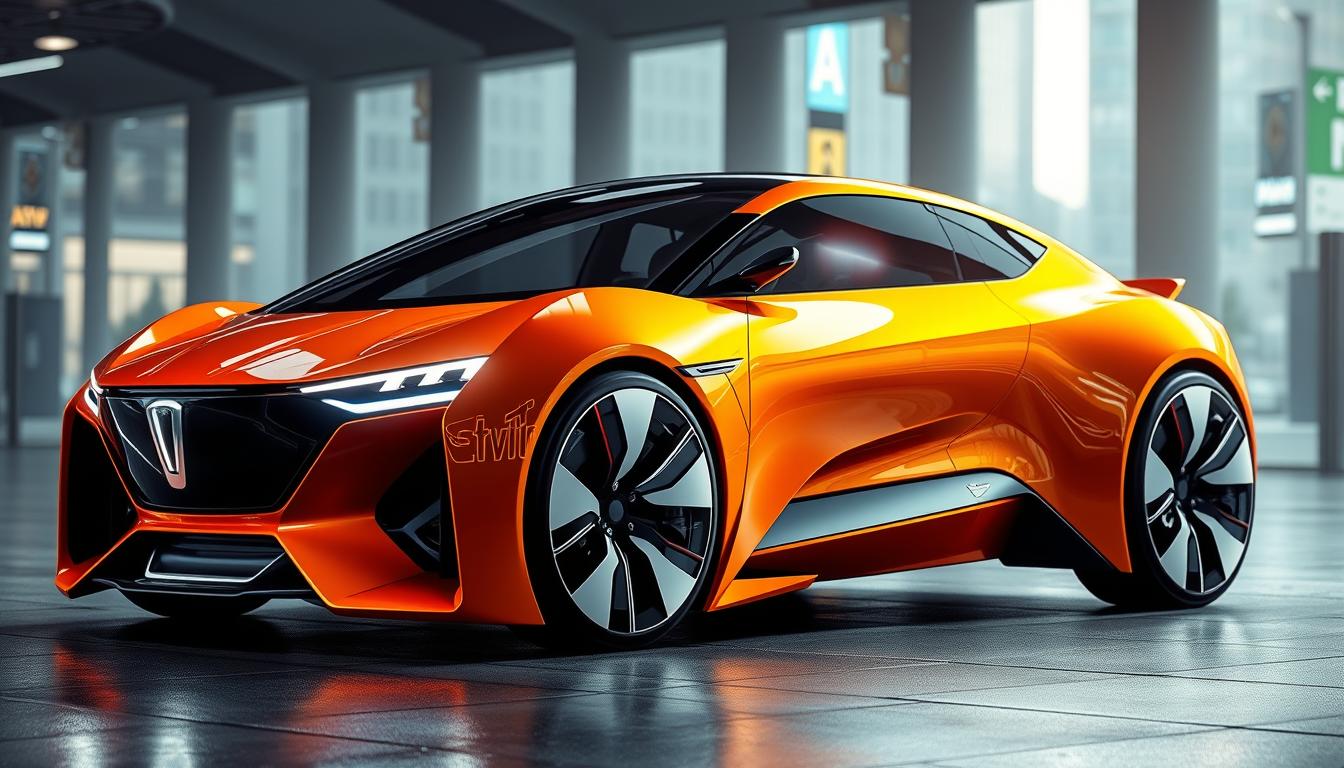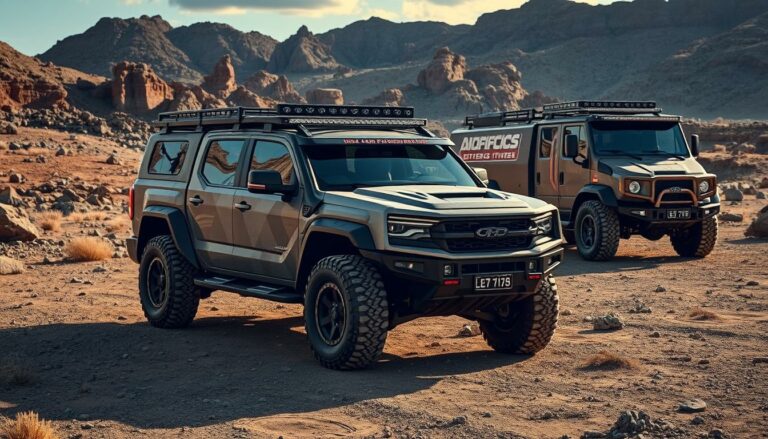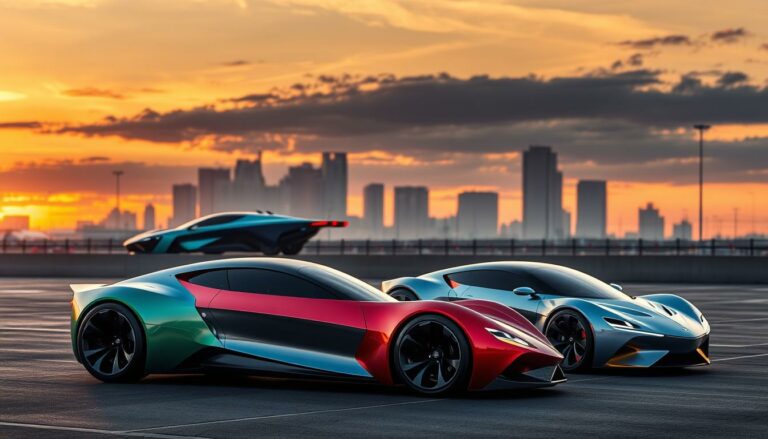Concept art is a pivotal element in the automotive design landscape, serving as a bridge between imagination and reality. It visually communicates innovative ideas before they enter production, ultimately influencing the overall design process in automotive projects. Esteemed manufacturers like Ford, BMW, and Tesla utilize concept art to showcase futuristic designs and streamline their workflows. By merging creativity with advanced technology, concept art not only enhances vehicle innovation but also ensures that designs resonate with consumers, paving the way for a more engaging automotive experience.
Understanding Concept Art in Automotive Design
Concept art plays a crucial role in the automotive industry, serving as the backbone for visual design in vehicle innovation. The process begins with sketches that illustrate the potential features and aesthetics of a vehicle long before it enters production. This methodology allows designers to explore various ideas, ensuring that every detail reflects the intended vision.
Definition and Importance of Concept Art
The definition of concept art encompasses the creation of preliminary visuals that guide the design process. Its importance in automotive design is immense, as these illustrations act as a communication bridge among designers, engineers, and marketing teams. Concept art sets the tone for a vehicle’s identity, aligning it with the brand’s core values while attracting consumer interest. Through effective visual design, automotive brands can present their innovative spirit and resonate with target audiences.
Historical Background of Concept Art in Automotive
The history of concept art in automotive design dates back to the early 20th century. Pioneers such as Harley Earl showcased the potential of artistic vision in creating iconic vehicles at General Motors. This pivotal moment marked the beginning of a long journey in automotive design history, where companies recognized the importance of creativity. Over the years, significant models like the Volkswagen Beetle and Chevrolet Corvette emerged, illustrating the evolution of concept art as a vital component in shaping vehicles that define eras.
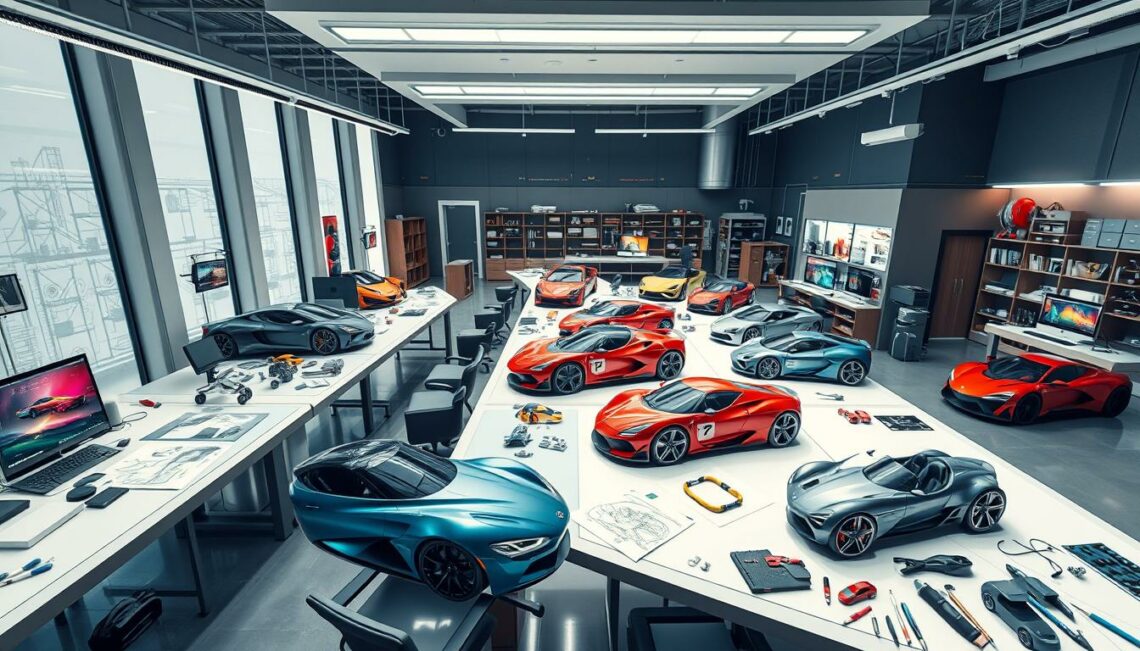
The Role of Concept Art in the Automotive Industry
Concept art not only informs the creative process in automotive design but also significantly contributes to vehicle design influence and drives innovation in automotive. Within this framework, artists play a crucial role, influencing both aesthetic appeal and functionality in vehicle design. As cars become increasingly sophisticated, the intersection between imagination and engineering becomes essential.
Influence on Vehicle Design and Innovation
Concept art serves as a visionary blueprint that allows designers to explore various shapes, styles, and functionalities. This exploration leads to stronger innovations that resonate with contemporary market trends and consumer expectations. By analyzing the latest examples in the automotive industry, one can see that companies foresee shifts in design and functionality, which enhances their ability to create revolutionary vehicles.
Collaboration Between Artists and Engineers
The role of artists in the automotive design sphere is magnified through their collaboration with engineers. This artists and engineers collaboration fosters a unique environment where technical expertise complements creative vision. Interdisciplinary teams bring diverse perspectives together, creating an innovative atmosphere conducive to groundbreaking vehicle designs. For instance, major automotive brands like Ford and Porsche utilize such collaborative approaches for optimal results.
Case Studies of Successful Automotive Concept Art
Numerous automotive case studies showcase the impact of successful concept art on vehicle production. The Mercedes-Benz Vision EQS and the Lucid Air are notable examples that illustrate the potential of concept designs to revolutionize the market. The Vision EQS, reflecting a commitment to sustainability, integrates advanced technology while maintaining luxury. Meanwhile, the Lucid Air captivates audiences with its sleek aesthetic and impressive performance metrics, proving that concept art can redefine industry standards.

| Concept Car | Innovative Features | Impact on Industry |
|---|---|---|
| Mercedes-Benz Vision EQS | Electric powertrain, luxury interior | Sets new standards for electric luxury cars |
| Lucid Air | Long-range battery, futuristic design | Revolutionized high-performance electric sedans |
Future Trends in Automotive Concept Art
The future trends in concept art are set to be significantly influenced by emerging technologies such as artificial intelligence, augmented reality, and advanced virtual modeling. These innovations promise to facilitate a more interactive and immersive design process, enabling automotive designers and engineers to visualize and iterate on vehicle aesthetics quickly. By incorporating these technologies, the industry can enhance collaboration and streamline workflows, resulting in more innovative designs that captivate consumers.
Moreover, as manufacturers prioritize sustainability, the integration of eco-friendly materials and practices into automotive design will likely redefine the visual landscape of vehicles. Today’s consumers increasingly demand environmentally conscious choices, and concept art will play a crucial role in manifesting this shift. As we see a rise in electric and autonomous vehicles, imaginative visuals will help convey the capabilities and benefits of these advancements, showcasing a new era of automotive innovations.
Ultimately, the future of automotive concept art lies at the intersection of advanced design techniques and an evolving societal focus on sustainability. By embracing innovative technologies and design principles, automotive manufacturers aim to create products that resonate with environmentally aware consumers and maintain an aesthetic appeal. The synergy of these elements will likely shape the landscape of automotive concept art for years to come, providing a glimpse into an exciting future.
